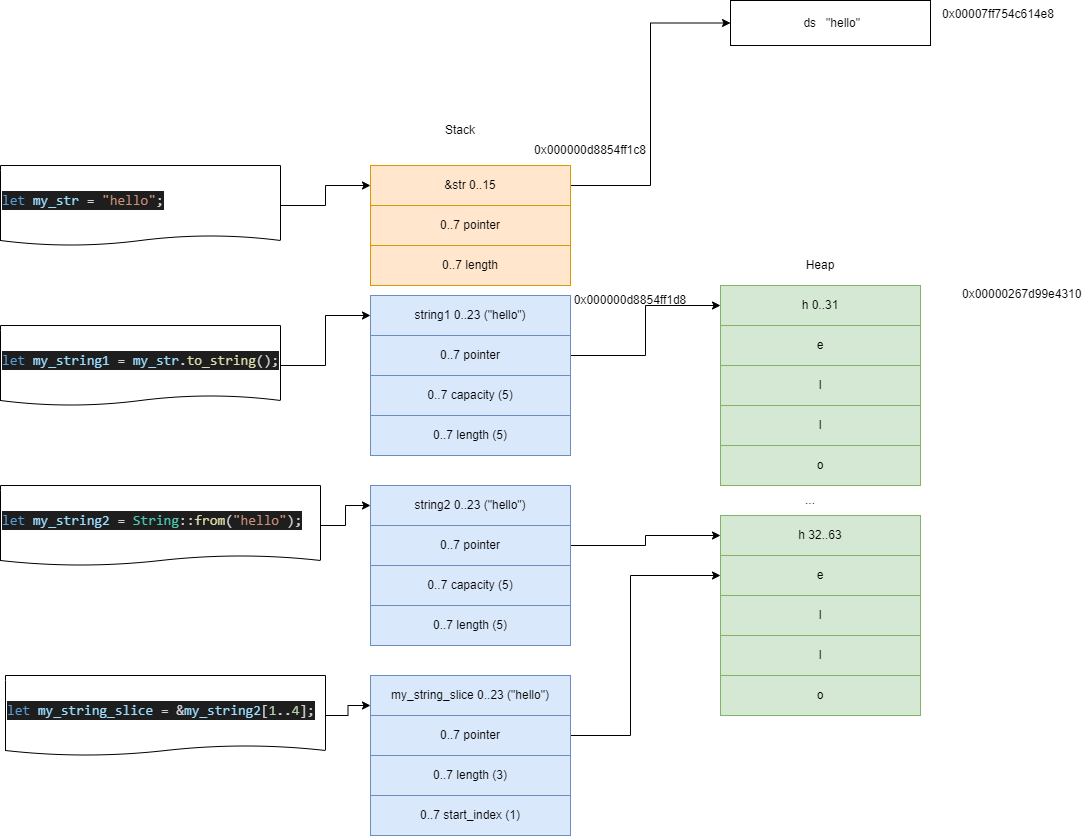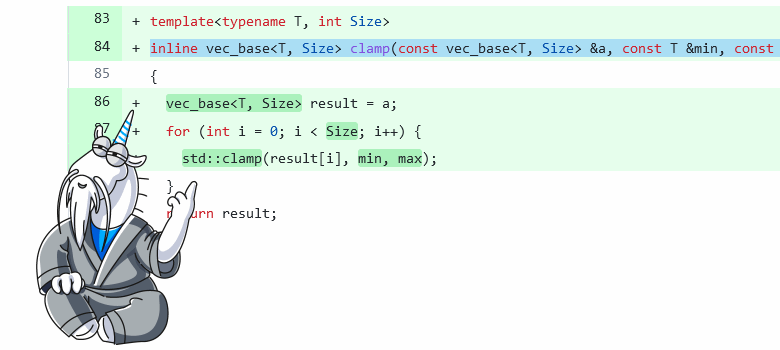Working with digital infrared passive motion sensor PYD 1588

In this article, there is the work with the PYD 1588 digital Infrared passive motion sensor introduced. The PYD 1588 is a serial opposed format, two element detector based on pyroceramic produced by the Excelitas Technologies. This sensor represents a low-power (3.0 uA with 1.8 V source voltage as in the documentation said) passive component with two sensible elements, which measure the thermal infrared radiation stream.
The signal is converted to a digital value using Sigma-Delta and DSP techniques. A configurable motion detection unit is implemented, which can generate an interrupt recognized by the external microcontroller (MCU) in case motion is detected. The motion detection unit contributes to significant device energy efficiency increasing via putting the MCU to a low-power sleep mode with no periodic raw data request and its analyzing necessity.


























